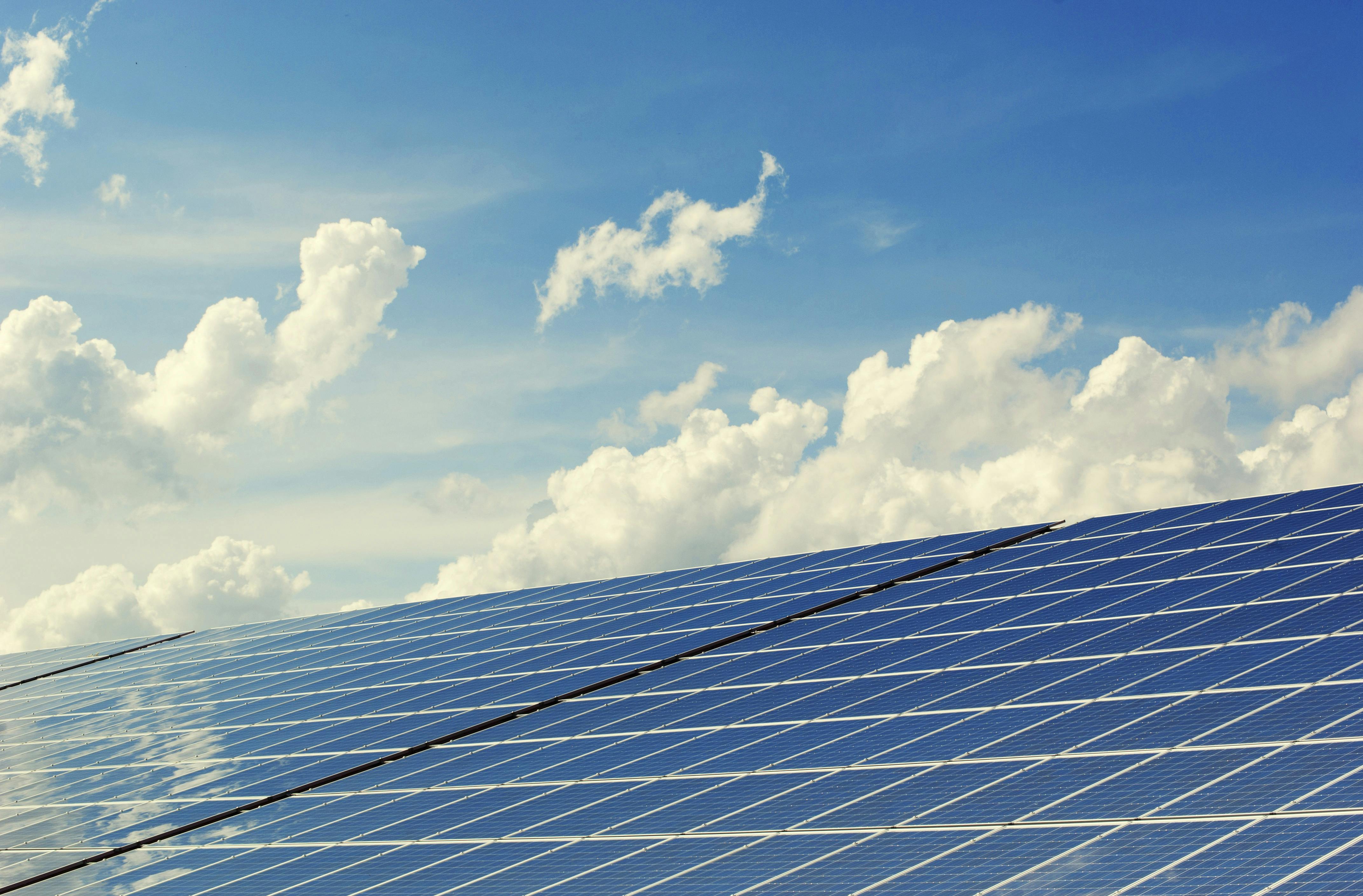Matching Film Characteristics to Climate Exposure and Building Orientation
Selecting the right window film requires matching film performance to the building’s orientation and local climate. This article outlines how solar gain, glare, UV exposure, privacy needs, and energy goals interact with film types and installation considerations to help building managers and homeowners make informed choices.

Window films are functional coatings that modify how glass interacts with light, heat, and visibility. When deciding on a film, consider the building’s orientation, the local climate, and the balance between thermal control, glare reduction, UV protection, and privacy. South- and west-facing facades typically face higher solar loads and heat gain; north-facing glazing sees less direct sun but may require glare control in reflective conditions. Combining orientation-based analysis with knowledge of film types and their durability, maintenance demands, and installation requirements will yield better long-term performance and energy outcomes.
How does solar and heat affect film choice?
Solar radiation and heat gain are primary drivers for film selection. In hot, sunny climates or on west- and south-facing facades, films that prioritize solar heat rejection help reduce cooling loads and interior surface temperatures. Look for films with quantified solar heat gain coefficient (SHGC) reductions and good total solar energy rejection metrics. Ceramic films often provide strong heat rejection without darkening glass excessively, while metalized films can reflect a high portion of incoming infrared but may affect radio frequency reception. Assess local services or technical spec sheets to compare performance values relevant to your climate.
How can glare and UV be managed with film?
Glare and UV control are separate but related objectives. Glare reduction improves visual comfort for occupants, particularly in offices or rooms with screens, while UV-blocking films protect furnishings and reduce skin exposure. Dyed films and some multilayer ceramic films reduce visible glare effectively, but performance varies. Most modern films claim high UV blocking (often over 99% for wavelengths below 400 nm), which helps preserve textiles and finishes. Consider film visible light transmission (VLT) and UV-blocking specifications when glare or material protection is a priority.
What are the privacy, energy, and durability trade-offs?
Privacy needs influence visible light transmission and reflectivity choices. Reflective or darker films can increase daytime privacy on facades receiving direct sun, but they may change building appearance and nighttime visibility. Energy benefits come from reduced cooling demand and, in cold climates, from films that improve insulating performance by limiting radiative heat loss. Durability varies: ceramic and metalized films tend to resist fading and maintain performance longer than basic dyed films, which can discolor over time. Maintenance practices—gentle cleaning and avoiding abrasive chemicals—extend film life and sustain energy and privacy performance.
Which film types suit automotive vs architectural uses?
Automotive and architectural films share technologies but differ in priorities. Automotive films balance heat rejection and visibility while complying with vehicle regulations; ceramic films are popular where performance is needed without signal interference. Architectural films focus on larger-scale energy savings, glare control, and facade aesthetics. Metalized films offer strong solar reflection for buildings exposed to intense sun, while dyed films provide lower-cost glare reduction for interior-facing panes. Each film type’s installation process, warranty, and expected lifespan should be compared for the intended application.
What should installation and maintenance consider for building orientation?
Installation quality affects long-term performance regardless of film type. On sun-exposed facades, attention to edge sealing, proper substrate preparation, and professional application reduces bubbling and premature failure. For north- or shaded orientations, ensure adhesives and backing layers suit lower-temperature curing conditions. Maintenance is straightforward but important: use mild cleaners, soft cloths, and follow manufacturer guidance to avoid scratches or adhesive damage. Plan for inspection cycles—especially on high-exposure facades—to monitor durability and replace films that have lost protective properties.
Conclusion
Matching film characteristics to climate exposure and building orientation involves balancing solar control, glare mitigation, UV protection, privacy, energy performance, and long-term durability. Ceramic, metalized, and dyed films each have advantages and constraints tied to their material properties and installation needs. Consider local services and technical specifications, prioritize professional installation, and factor maintenance into lifecycle planning to ensure consistent performance aligned with the building’s orientation and occupancy patterns.






